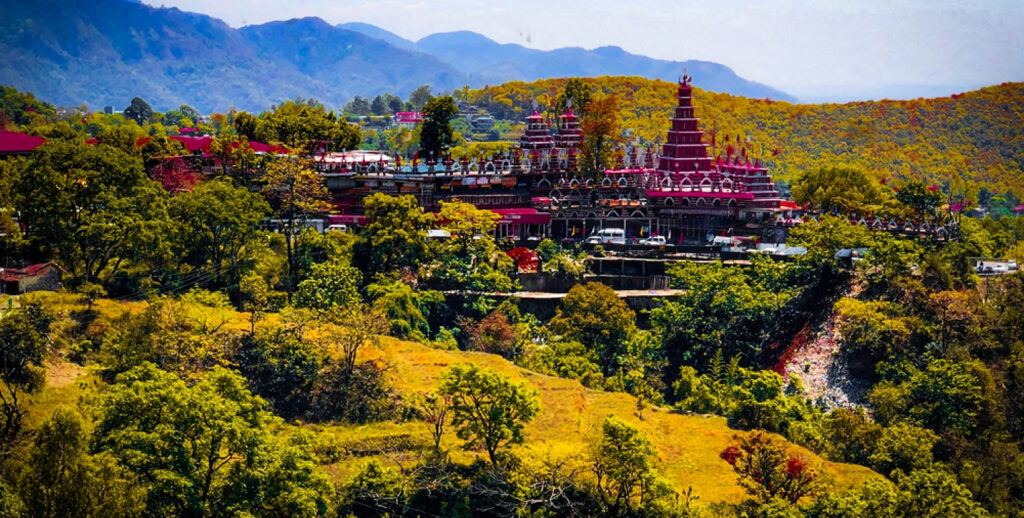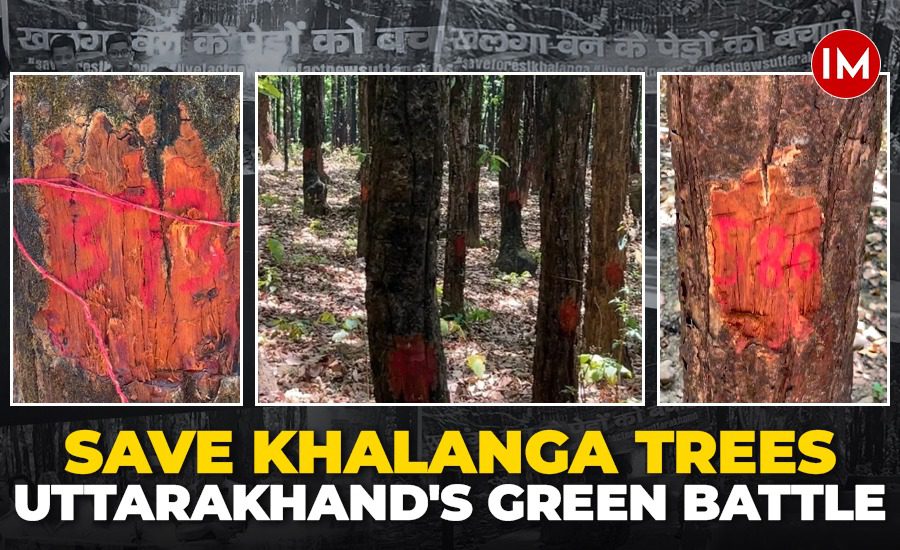Table of Contents

Earth Day is not just a global event observed every year on 22 April—it is a reminder to reconnect with nature, protect our environment, and reflect on how our cities are changing. As we celebrate Earth Day 2025, it is crucial to focus on our own home, Dehradun, a city once known for its lush forests, clean rivers, and fresh mountain air.
Nestled in the foothills of the Himalayas, Dehradun was once referred to as the “City of Grey Hairs and Green Trees.” It held a special charm with its colonial-era bungalows shaded by old oaks, vibrant gardens, orchards, and a tranquil pace of life. But the scenario today is quite different. This Earth Day, let’s look back at what Dehradun was, understand what we’re losing, and discuss how we can bring the green back to our beloved city.
The Rich Natural Heritage of Dehradun
Before we talk about the present, let’s rewind to the past. Dehradun’s rich biodiversity, moderate climate, and fertile Doon Valley made it an ecological paradise. The city was home to:
- Sal and Teak forests, providing natural cover and absorbing CO₂
- Seasonal rivers like Rispana and Bindal flowing with clean water
- A variety of bird species that made Doon a heaven for ornithologists
- Colonial gardens filled with orchids, fruit trees, and medicinal plants

Institutes like the Forest Research Institute (FRI) and the Indian Military Academy (IMA) were built keeping in mind the green, open spaces that defined Dehradun. School children once walked or cycled under shaded lanes. Local markets sold fresh, organic produce. Nature was not just around us—it was a way of life.
Dehradun’s Declining Green Cover: The Alarming Reality
As we mark Earth Day 2025, it is impossible to ignore what Dehradun has become. With a rapidly growing population and reckless urbanization, the city is losing its green identity:
- Tree cutting and deforestation in areas like Sahastradhara and Rajpur for luxury housing and road widening
- Pollution in Rispana and Bindal rivers, once lifelines of the city, now reduced to polluted drains
- Shrinking green zones, including illegal encroachments in forest areas
- Heavy traffic and vehicle emissions contributing to rising PM2.5 levels
- Plastic waste and lack of recycling, even near eco-sensitive areas

According to the State of Forest Report 2023, Dehradun lost over 850 hectares of tree cover in just five years. This Earth Day, it’s critical to acknowledge that if this trend continues, we may lose the very essence of Dehradun within the next decade.
Recent Environmental Incidents in Dehradun (2023–2025)
Recent news reports have highlighted some disturbing incidents:
- Cantonment Tree Cutting Case (2024)
Nearly 700 trees were illegally cut in the Garhi Cantt area under the pretext of road expansion. Locals protested, and the High Court intervened, but the damage was already done. - Forest Fire in Mussoorie Hills (Summer 2023)
A massive forest fire, intensified by rising temperatures and low rainfall, destroyed 250+ acres of forest near George Everest peak. The blaze, visible from the city, served as a wake-up call. - Rispana River Encroachment
Despite court orders, illegal construction on the banks of Rispana continues unchecked, making flood risks and water contamination worse every year.

These events remind us on Earth Day that Dehradun is in environmental distress—and the clock is ticking.
A City of Movements: Dehradun’s Environmental and Freedom Legacy
Dehradun isn’t new to fighting for nature and justice. The Chipko Movement, which started in Uttarakhand (then part of Uttar Pradesh) during the 1970s, became a global symbol of forest protection. Women in nearby Chamoli hugged trees to stop loggers from felling them. Their courage laid the foundation for modern-day environmental activism.

During the freedom struggle, Dehradun also played a crucial role. Leaders like Shri Ram Prasad Bismil and Rao Tularam passed through Doon, spreading the message of resistance and self-reliance.
Today, Earth Day is our modern resistance—a resistance against climate ignorance, urban greed, and ecological destruction. Just like our ancestors stood up for India’s freedom, it’s time we stand up for our planet.
Why Earth Day Matters to Dehradun
We often see Earth Day as an event for students, social media influencers, or NGOs. But it matters to all of us, especially in cities like Dehradun where:
- Our children are growing up breathing polluted air
- Our rivers are turning toxic
- Our green spaces are vanishing
- Wildlife sightings are becoming rare
Earth Day 2025 should not be just about planting one sapling in a schoolyard. It should be about restoring Dehradun’s ecological balance, reforming urban planning, and reclaiming our green identity.
Solutions: How Can We Bring Green Back to Dehradun?
Here’s how we can act—individually and collectively:
1. Tree Plantation Drives with Purpose
Focus not just on planting trees but planting the right species in the right places. Native trees like Peepal, Neem, Amla, and Banyan help biodiversity and require less maintenance.
2. Adopt a River Program
Join or support citizen-led initiatives to clean Rispana and Bindal. These rivers need de-silting, afforestation on their banks, and better waste management.
3. Sustainable Construction Laws
Promote green buildings, rooftop gardens, and rainwater harvesting. Encourage local authorities to limit deforestation for housing.
4. Revive Urban Gardens
Community parks, backyard gardens, and green rooftops can all play a role in reducing heat and improving air quality.
5. Public Transport Over Private Cars
Encourage the use of e-rickshaws, electric bikes, and the upcoming Dehradun metro corridor to reduce emissions.
6. Environmental Education in Schools
Let Earth Day activities extend beyond slogans. Include real-world eco projects, tree adoption, and climate clubs in schools.
🌱 Call to Action: Celebrate Earth Day with Us
This Earth Day, let’s move beyond hashtags and promises. Let’s take real action.
🌳 Plant a Tree – in your backyard, garden, roadside, or even in a pot.
📸 Click a Picture – show the world your love for nature.
📲 Tag Us on Instagram – use the hashtag #EarthDayDehradun and tag our profile (Dehradun Discoveries).
💚 We’ll feature your effort and appreciate your commitment to making Dehradun green again.
Let’s make Earth Day 2025 the turning point where we stopped being silent spectators and became proud protectors of Dehradun’s natural legacy.
Conclusion: Earth Day is Every Day
Conclusion: Earth Day is Every Day
Earth Day is not just a one-day affair—it’s a lifelong commitment to the planet that nurtures us. The beauty of Dehradun lies not only in its majestic hills or prestigious institutions, but in the shade of its trees, the flow of its rivers, and the purity of its mountain air.
Let Earth Day 2025 mark a new beginning—not just for Dehradun, but for the world. Environmental degradation, deforestation, and climate change are not local problems—they’re global challenges that demand global awareness and unified action.
We must rise beyond borders and recognize that every tree planted, every river protected, and every voice raised for nature has a global impact. Let’s start here in Dehradun, but let’s not stop here.
Share this blog from Dehradun Discoveries, help spread awareness, and make people aware about our responsibility toward nature. 🌱 The Earth is in our hands—let’s act like it.


